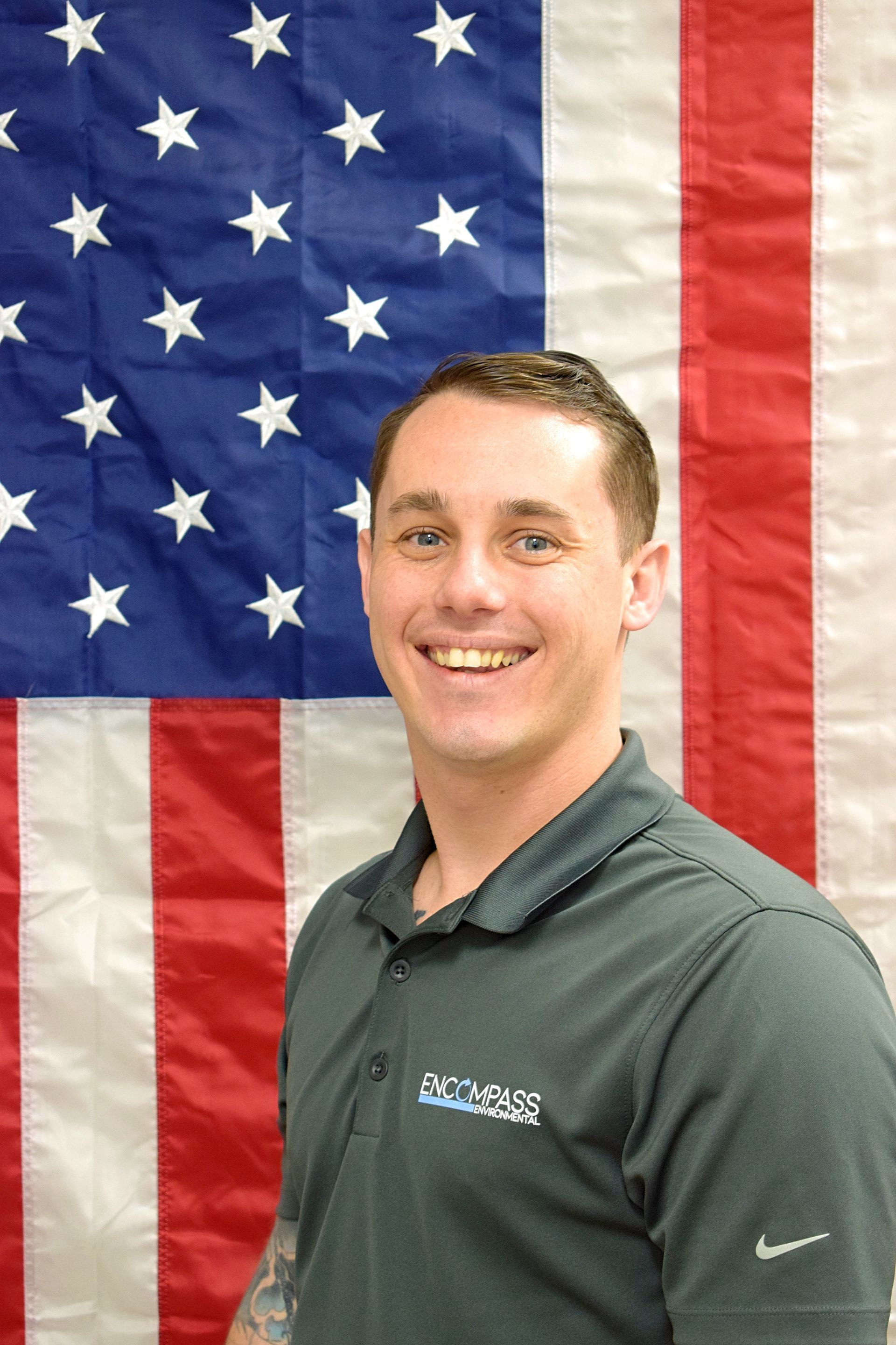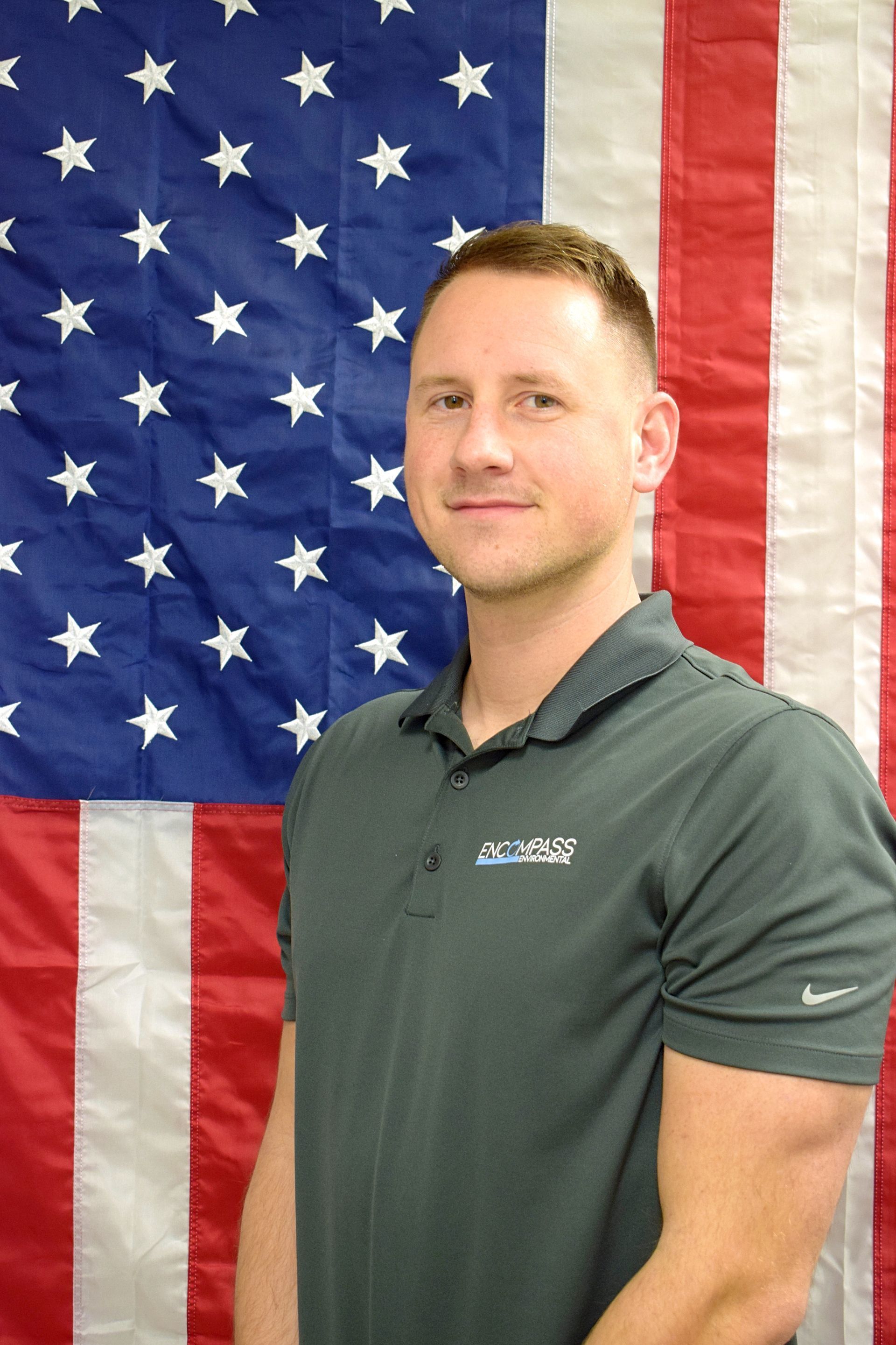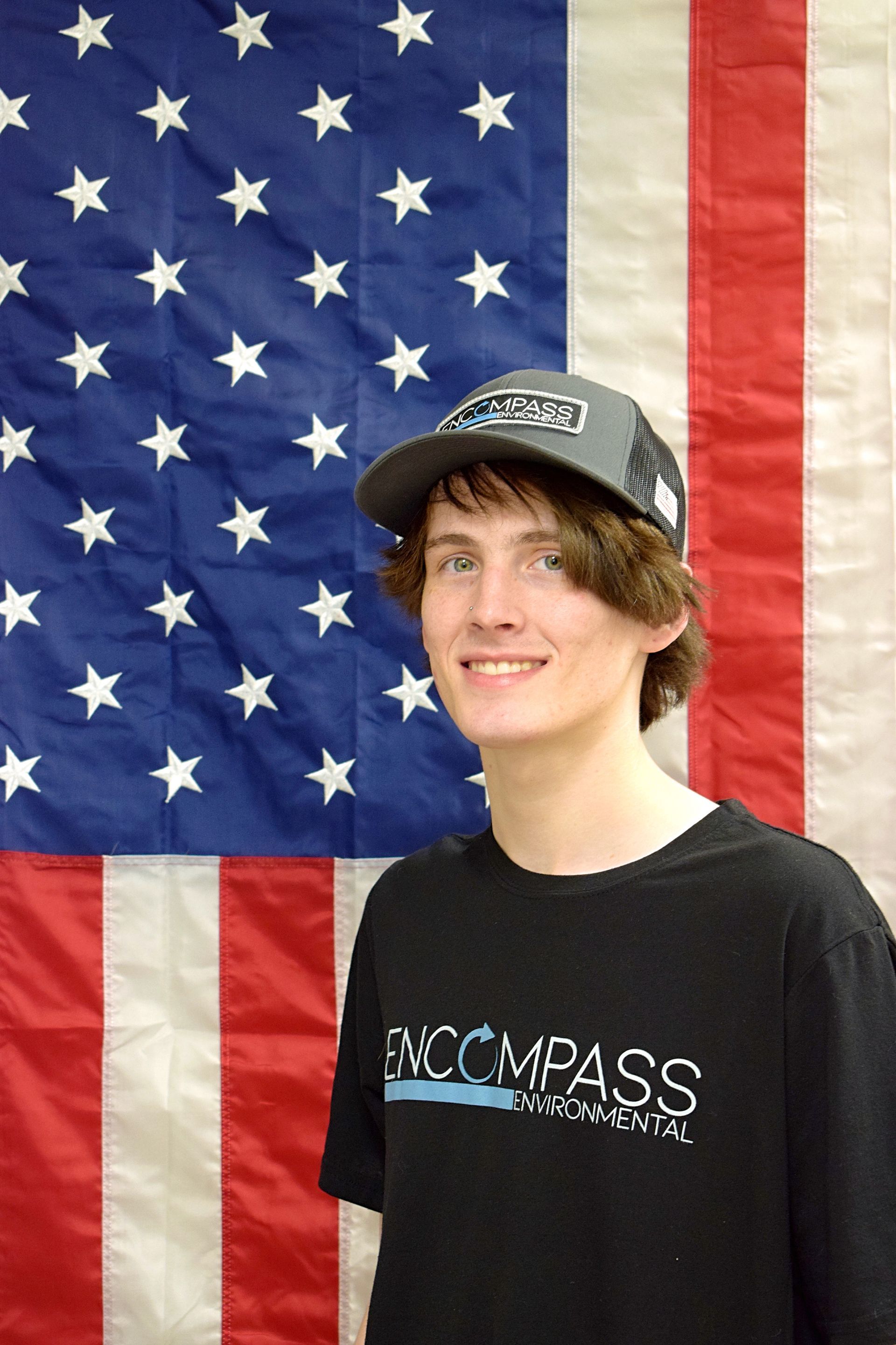Thorough Cleanups, No MAtter The Hazard
No one should have to face the aftermath of a crime, suicide, or traumatic accident alone. That’s why we’re here. Serving Grand Junction and communities across Western Colorado and Eastern Utah, Encompass Environmental provides discreet, compassionate biohazard cleanup that protects your privacy while restoring your space to safe, compliant condition.
Our biohazard cleaning covers:
- Blood and bloodborne pathogens: surfaces and contents affected by blood.
- Bodily fluids: saliva, amniotic fluid, semen, cerebrospinal fluid, and more.
- Animal waste: remains or items contaminated by diseased animals.
- Pathological waste: tissues and materials from medical procedures.
- Microbiological waste: contaminated lab materials.
- Sharps waste: needles and associated medical instruments.
We coordinate with property owners, insurers, and, when needed, local law enforcement, following OSHA and state guidelines from initial containment through final clearance. Discreet, respectful, and thorough, so you can focus on what matters most.
Fully Qualified
Our team holds a Trauma and Crime Scene Technician certification from the IICRC (Institute of Inspection, Cleaning & Restoration).
Fully Insured
Every project is backed by comprehensive insurance, ensuring that you have complete peace of mind that your project is protected.
Background Checked
Every crew member passes rigorous DUI, Drug Tests, and Criminal screenings, so the people restoring your space meet the highest standards of safety and integrity from day one.
Why Going Professional With Encompass Matters
Biohazard cleanup should never be DIY.
After an accident, trauma, or unattended death, blood and bodily fluids can carry bloodborne pathogens—Hepatitis B, Hepatitis C, HIV—and bacteria like MRSA. Attempting to clean these hazards yourself risks exposure, cross-contamination, and improper disposal.
Serving Grand Junction, Fruita, Palisade, and nearby Western Slope communities—as well as Moab and Eastern Utah—Encompass Environmental restores affected spaces safely and discreetly. We go far beyond stain removal: our technicians locate and remove hidden contamination (including fluids that wick beneath carpet, padding, or subfloors), disinfect with hospital-grade protocols, neutralize odors, and package all waste for compliant transport and disposal.
Where standard cleaning stops at appearances, biohazard remediation protects health and structure. Our crews follow OSHA BBP standards, wear full PPE, and use HEPA filtration and verification checks to ensure the area is truly clean—so homes, rentals, and workplaces along the I-70 corridor are safe to re-enter.

David Crockett
Owner

Erik Robinson
Field Supervisor

Shannon Vaughn
Field Technician
Our Qualified Encompass Team is Ready and Waiting to Tackle Your Biohazard Cleanup Project!
Biosafety Levels: What They Mean
Not all biohazards are the same. The CDC uses four Biosafety Levels (BSL) to match the risk of an organism to the right controls.
While homes and businesses aren’t laboratories, these tiers guide our choice of PPE, containment, and disinfection methods in the field.

BSL-1
Low Risk
Routine Precautions
Covers organisms that aren’t known to cause disease in healthy adults. Think basic sanitation: gloves, handwashing, surface disinfection, and good housekeeping. No special containment needed.

BSL-2
Moderate Risk
Bloodborne Pathogens
Applies to hazards commonly found in trauma and unattended-death scenes—Hepatitis B/C, HIV, and similar agents. Requires trained technicians, exposure-control plans, sharps management, biohazard labeling, and use of respirators or biosafety cabinets when aerosols could form.

BSL-3
Serious Risk
Inhalation Threats
For pathogens that can cause severe illness via the air (e.g., TB, certain coronaviruses, West Nile in lab settings). Controls include negative-pressure containment, directional airflow, fit-tested respirators, enhanced decon, and medical monitoring. We escalate to BSL-3–level precautions when the situation warrants and coordinate with public health.

BSL-4
Extreme Risk
Exotic Agents
Reserved for the most dangerous pathogens (e.g., Ebola, Marburg) with no vaccines or treatments. Requires dedicated facilities, multiple airlocks, chemical showers, and positive-pressure suits—well beyond normal field remediation. Not applicable to typical property cleanup.
Biohazard Cleanup FAQ
What counts as a biohazard?
Blood and bodily fluids, unattended death/trauma scenes, crime scenes, sewage backups, animal/rodent contamination, drug residue zones, and high-risk hoarding conditions.
Can I clean Biohazards myself?
Not safely. Biohazards can contain bloodborne pathogens and other contaminants. Regulations also govern disposal. Certified cleanup protects health, limits liability, and ensures proper documentation.
Do you work with law enforcement or coroners?
Yes. We coordinate respectfully and comply with evidence handling and scene release requirements.
Is the service discreet?
Absolutely. Crews are professional, background-checked, and trained for discretion. Unmarked vehicles can be arranged when appropriate.
What happens to contaminated items?
We sort salvageable vs. non-salvageable contents, dispose of regulated waste via licensed transporters, and provide manifests as needed. We’ll attempt to clean and return items with safe, restorable value.
Do you handle hoarding situations with biohazards?
Yes. We combine compassionate sorting with regulated waste removal, deep cleaning, and disinfection to restore habitability.
Please see our Hoarding page for more info on this service.
